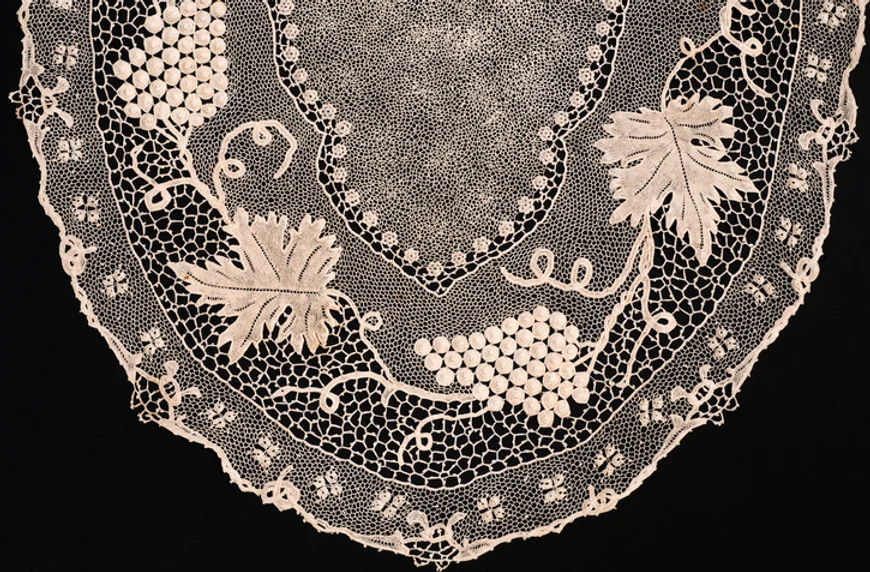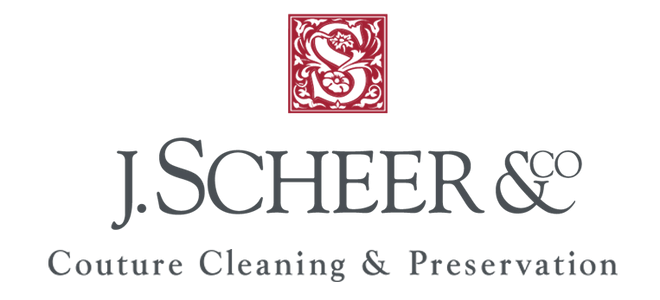Vintage Heirloom Clothing Cleaning, Storage, Repair & Care
Heirloom textiles are treasured keepsakes of the past. Passed down through generations they serve as records of family history, strengthen family and cultural ties, and bring to mind special events. An article of clothing such as a grandmother’s Parisian lace veil, a daughter’s Belgian linen christening dress, or a Mother’s vintage silk charmeuse wedding gown is a physical representation of family cultural history that provides a window into the past in order to better appreciate the present. The expert team of conservators at J. Scheer & Co. is here to support those who endeavor to care for these honored keepsakes to ensure they last for generations to come.

Heirlooms made of organic material are perishable and need special care. Serious damage to textiles may be caused by improper methods of cleaning, storing, repairing, use, or display. Even today’s textile treasures deserve proper care and attention to be preserved as tomorrow’s heirlooms. For decades we have expertly cleaned and conserved objects ranging from bridal gowns to couture to items in museum collections and we continue to train in the most up-to-date conservation techniques. Our team performs a detailed inspection of each item to identify the construction and fabrics used, and to document staining or discoloration, rips and tears, and weakened areas. Our conservators use this information to create a cleaning and conservation treatment plan that, once completed, supports caretakers in maintaining the historical and physical integrity of these precious objects.
“Working with us in our New York showroom, J. Scheer & Co. is extremely familiar with our designs, and have a comprehensive knowledge and understanding of our fabrics, laces and intricate details. This is why we completely trust J. Scheer & Co. to care for our valued samples and production pieces.”
PETER LANGNER
Initial Examination
We begin by conducting fiber tests to determine the physical composition of each heirloom textile. We further analyze the textile to identify areas of old, oxidized staining which could indicate damaged or weakened areas of fabric and which would require special care and stabilization prior to cleaning. These findings determine the treatment process; knowing the difference between a man-made fiber like nylon or polyester, a protein fiber such as silk or wool, and cellulosic fiber such as linen helps us to make informed decisions about the cleansing agents most appropriate for the textile.
Treatment Plan
Unlike a typical drycleaner, our lab is equipped with a wide array of solvents and surfactants, specifically suited to treat delicate and fragile textiles. Using the treatment plan as a guide we proceed with cleaning in either aqueous (water based) or non-aqueous solutions, enabling us to safely improve the chemical and physical stability of each object.
Proper Storage
All objects are prepared for storage using certified acid-free archival materials. Our team of conservation professionals will also provide recommendations for proper storage of each piece taking into consideration factors such as the home environment and plans for future use.
